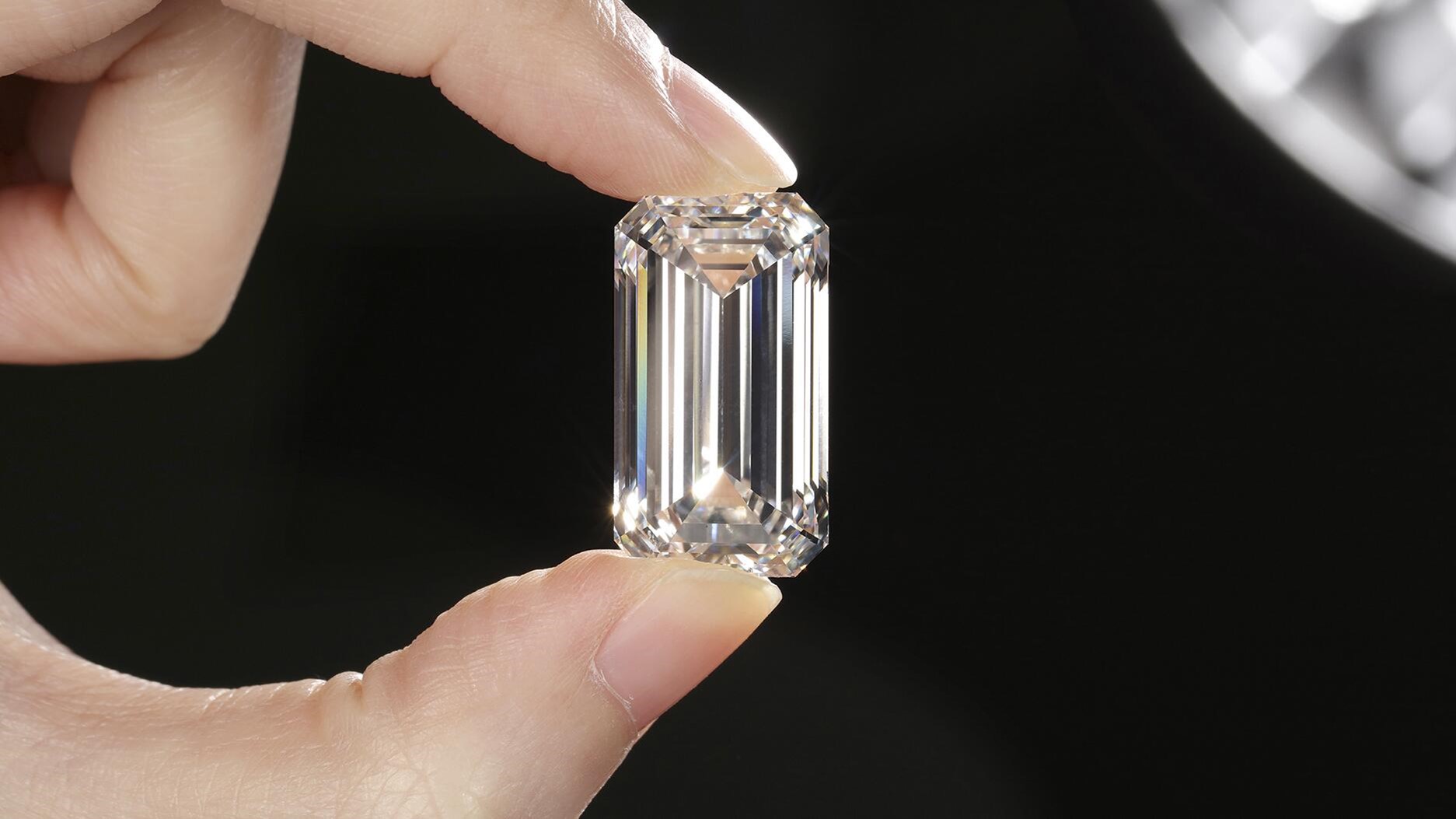Cultures and Lab-Grown Diamonds: A Modern Intersection of Tradition and Innovation

Diamonds have long held a special place in human culture and history, symbolizing love, wealth, and power. Throughout the ages, they have been revered for their dazzling beauty, rarity, and symbolic significance. However, with advancements in technology, the diamond industry has experienced a shift with the rise of lab-grown diamonds. These diamonds, created through controlled processes that mimic the natural formation of diamonds, are revolutionizing the way society views and values diamonds. The cultural implications of this shift are multifaceted, touching on ideas of tradition, ethics, environmental sustainability, and consumer behavior.
The Cultural Significance of Natural Diamonds
Natural diamonds have been part of human culture for centuries, deeply woven into traditions, folklore, and rituals. Historically, cultures and lab grown diamonds, they were associated with royalty, wealth, and status. Ancient civilizations like the Greeks and Romans believed diamonds were tears of the gods or fragments of stars, endowing them with mystical powers. In modern times, diamonds became symbols of everlasting love, largely thanks to marketing campaigns like De Beers’ famous “A Diamond is Forever” slogan.
In many cultures, diamonds also hold significance in engagements and weddings, representing the eternal bond between two people. These cultural meanings are not just commercial constructs but are deeply embedded in the collective imagination of people worldwide.
Lab-Grown Diamonds: The Rise of a New Tradition
Lab-grown diamonds, also known as synthetic or cultured diamonds, are created using two main techniques: High Pressure High Temperature (HPHT) and Chemical Vapor Deposition (CVD). These methods replicate the natural conditions under which diamonds form in the Earth’s mantle, creating real diamonds with the same chemical composition, physical properties, and brilliance as natural diamonds.
The appeal of lab-grown diamonds lies in their ability to offer the same aesthetic qualities as mined diamonds but at a more accessible price point. As awareness of environmental and ethical issues surrounding the diamond industry has grown, many consumers are turning to lab-grown diamonds as a more sustainable and socially responsible alternative.
Lab-grown diamonds carry with them a sense of modernity and innovation. They represent a shift in how we think about craftsmanship and luxury. While the notion of diamonds as rare, precious gems remains integral to their cultural cachet, lab-grown diamonds challenge the idea that rarity is synonymous with value.
Cultural Perspectives on Lab-Grown Diamonds
1. Sustainability and Ethical Consumption
One of the key factors in the growing popularity of lab-grown diamonds is their environmental and ethical appeal. Mining for natural diamonds often involves significant environmental disruption, including deforestation, habitat destruction, and the use of large amounts of water and energy. Moreover, diamond mining has been linked to exploitative labor practices in certain parts of the world, especially in conflict zones.
In contrast, lab-grown diamonds are produced in controlled environments with minimal environmental impact. They do not contribute to the destruction of ecosystems and are often considered a more ethical choice, particularly among consumers who are increasingly concerned about the social and environmental consequences of their purchases.
For cultures that place a high value on environmental stewardship and social justice, lab-grown diamonds can represent a more culturally relevant option, reflecting a commitment to sustainability without sacrificing the traditional beauty and symbolism associated with diamonds.
2. Changing Views on Tradition and Luxury
In cultures where tradition and heritage are paramount, the rise of lab-grown diamonds can create tension. The very concept of “artificial” diamonds challenges centuries-old notions of luxury and authenticity. For some, natural diamonds, with their age-old formation process and rarity, still hold a unique cultural value that cannot be replicated.
However, younger generations and those with progressive views on sustainability are increasingly viewing lab-grown diamonds as an acceptable, or even preferable, alternative. In these cultures, the idea of luxury is evolving, and lab-grown diamonds are seen as aligning with contemporary values of sustainability and fairness. They also appeal to consumers who want to make a statement about their progressive views on climate change, ethics, and consumerism.
3. The Impact of Technology on Culture
The rise of lab-grown diamonds also reflects broader cultural shifts toward technological innovation and scientific achievement. As society increasingly places value on science, technology, and innovation, lab-grown diamonds have become a symbol of human ingenuity. These diamonds demonstrate the ability to recreate nature’s processes through artificial means, blending the worlds of tradition and modernity.
This cultural shift may be particularly significant in societies that prioritize technological advancements and appreciate the benefits that such innovations bring. The creation of diamonds in laboratories not only showcases scientific achievement but also challenges preconceived notions about what makes something valuable, precious, or rare.
The Future of Lab-Grown Diamonds in Culture
As lab-grown diamonds become more popular, lab created diamonds their cultural significance will likely continue to evolve. They may become more integrated into rituals and traditions, with couples choosing them for engagements and weddings as a symbol of modern love—one that is both beautiful and sustainable. In some cultures, the environmental benefits of lab-grown diamonds may become even more important, especially as the effects of climate change become more pronounced.
Furthermore, the acceptance of lab-grown diamonds may open up new avenues for self-expression and personalization in the jewelry industry. As consumers become more conscious of where their diamonds come from and what they stand for, there may be a shift toward unique, custom-designed lab-grown diamond pieces that reflect individual values and preferences.
Conclusion
Lab-grown diamonds represent a convergence of culture, technology, and values. They are reshaping the diamond industry by offering a more sustainable, ethical, and affordable option without sacrificing beauty or quality. While they challenge traditional cultural norms associated with natural diamonds, they also present an opportunity for new traditions to emerge. In cultures that prioritize environmental sustainability, technological innovation, and ethical consumption, lab-grown diamonds may not only coexist with, but potentially replace, their mined counterparts as symbols of love, luxury, and legacy in the future.




